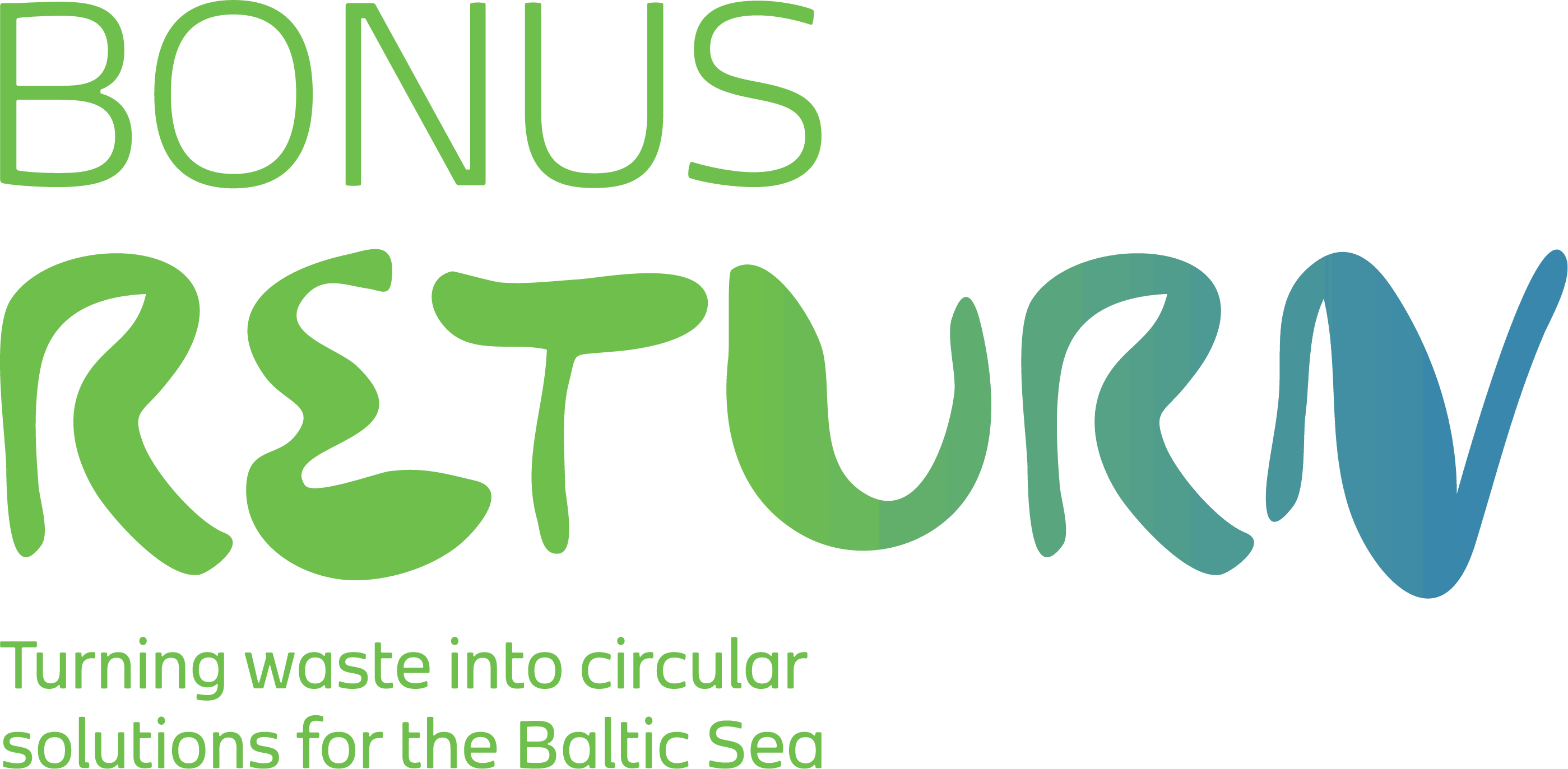Authors: Biljana Macura (SEI), Marcus Ahlström (RISE), Maria Kämäri (SYKE), Marta Ksiezniak (WULS), Dag Lorick (SEI), Pawel Osuch (WULS), Mikołaj Piniewski (WULS), Sirkka Tattari (SYKE).
EXECUTIVE SUMMARY
Constant supply of plant-available nutrients such as nitrogen and phosphorus, either as manufactured fertilisers or animal manure to agricultural soils, is needed for global food security. Increased recycling of nutrients back to agriculture from organic waste streams is necessary for increased rural-urban sustainability.
Anaerobic digestion of sewage sludge and agricultural wastes is widely applied to stabilize the substrate and also capture its energetic value via biogas production. The liquid phase of anaerobic digestate is a concentrated source of nutrients to which nutrient recovery technologies can be applied. Two such promising technologies that could increase nutrient recycling from e.g. wastewater and thereby contribute to environmental amelioration are struvite precipitation and ammonia stripping. By combining anaerobic digestion and nutrient recovery technologies on the digestate, a treatment process that provides both renewable energy and plant nutrients is achieved.
This review examined the effectiveness of ecotechnologies for the recovery and reuse of nitrogen and phosphorus from anaerobic digestate with the aim of reducing the impact of waste on the environment.
We searched for academic and grey literature published after 2013. English language searches were performed in 5 bibliographic databases. Google Scholar searches were done in English and Swedish. Eligibility screening was conducted at two levels: title and abstract and full text. Included eligible studies were subject to a critical appraisal that assessed external and internal study validity. We extracted information on study characteristics, intervention, comparators, effect modifiers, and measured outcomes. Data synthesis included narrative synthesis of each study of sufficient validity. We performed quantitative synthesis on a subset of studies.
The review included 36 studies on the effectiveness of struvite precipitation, 7 studies on ammonia stripping, 22 studies on struvite as fertilizer and 1 study on ammonium sulphate as fertilizer. Both pH and the ratio of Mg to limiting reactant were found to have a clear influence on the effectiveness of struvite precipitation process (and nutrient removal rates). The response to pH was found to be non- linear, resembling a bell curve with a maximum around pH 9.5. Mg to limiting reactant ratio was found to have a positive effect on removal up to a ratio as high as 4 to 1. However, dosing Mg in excess may be expensive, and it should be noted that relatively high efficiencies were achieved at a ratio as low as 1 to 1 as well. Although the effects of pH and Mg to limiting reactant ratio were clear, the model developed could not accurately predict removal based on these two parameters alone. Studies on ammonia stripping were relatively heterogeneous and different digested substrates were included, including wastewater sludge and different types of manure. Due to a small size of the evidence base, and the heterogeneity between studies, no conclusions are presented regarding the influence of different process parameters on the outcome of ammonia stripping. We provide suggestions as of which data to report in future studies. In conclusion, when performed under the right conditions, both struvite precipitation and ammonia stripping seem to be effective techniques for the recovery of nutrients from the liquid phase of digestate.
In a wastewater treatment setting, both methods could be applied to the liquid phase of digested wastewater sludge in order to produce a fertilizer product that contains less contaminants than the sludge itself.
Struvite, most frequently recycled from agricultural waste or sewage sludge, seems to be a suitable phosphorus fertilizer for a diverse set of crops, predominantly including cereals and grasses. Treatment of soils with struvite usually results in comparable yields and phosphorus uptake by plants as treatment with conventional, mineral phosphorus fertilizers. Even if the direct effect of struvite on yield and phosphorus uptake is slightly worse than that of mineral fertilizer, which was the case in some studies, the benefit of using struvite should offset this difference in the long-term. Future research should focus on field-scale validation of struvite effectiveness, as well as on assessment of its long-term effects.

